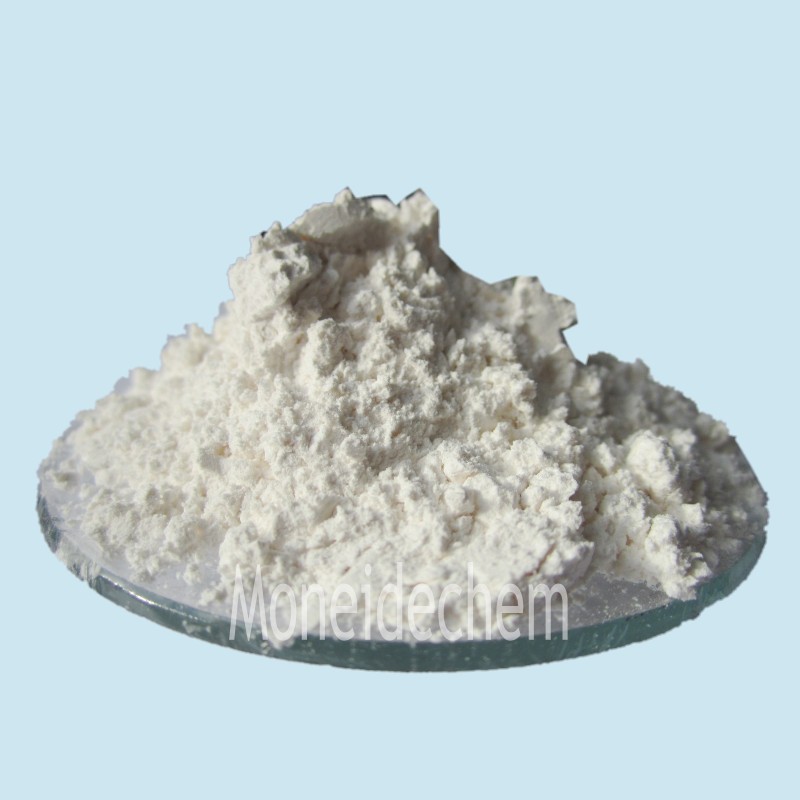Moneide Chemicals
Tel: 86-315-8309571
WhatsApp/WeChat/Mobile: 0086-15633399667
Skype: janet-honest
Mail: sales@moneidechem.com
Adresse: 2-7-523 Jidong Baumaterialien Tangshan, Hebei 064000 China
|
Chemischer Name |
2,3-Butanedione dioxime |
|
Synonyme |
Dimethylglyoxime |
|
CAS-Nr. |
|
|
Summenformel |
C4H8N2O2 |
|
EINECS-Nr. |
202-420-1 |
|
Molekulargewicht |
116.12 |
|
Molekulare Struktur |
|
|
Details |
Appearance: White crystal powder Assay: 98.0% min. Melting range: 238~242℃ Solubllity in alcohol: pass test Sulfated ash: 0.05% max. |
|
Hauptanwendung |
Analytical reagent. |
What is 2,3-Butanedione dioxime?
2,3-Butanedione dioxime (also called dimethylglyoxime) is an organic compound with the molecular formula C₄H₈N₂O₂. This white crystalline solid serves as a classic analytical reagent, particularly famous for its highly selective reaction with nickel and palladium ions to form bright red insoluble complexes. The compound exists in two isomeric forms (syn and anti) due to the arrangement of its oxime groups. Its exceptional metal-binding properties make it invaluable in quantitative analysis, where it provides both qualitative identification through distinctive coloration and precise gravimetric measurement capabilities. The dioxime structure features two oxime functional groups (-C=N-OH) positioned on adjacent carbon atoms, creating an ideal chelating arrangement for transition metals.
What is the function of 2,3-butanedione monoxime?
2,3-Butanedione monoxime (BDM) primarily functions as a chemical probe in muscle physiology research, where it inhibits actomyosin ATPase activity and muscle contraction. This membrane-permeable compound serves as a valuable tool for studying excitation-contraction coupling in cardiac and skeletal muscles without disrupting cellular integrity. Biochemists utilize BDM to reversibly uncouple mechanical responses from electrical stimulation in muscle preparations. Its ability to suppress contractility makes it useful for protecting tissues during experimental procedures while maintaining cellular viability. The monoxime derivative shows distinct biological activity compared to the dioxime form, demonstrating how subtle molecular changes can dramatically alter functional properties in chemical compounds.
What is the scent of 2,3-Butanedione dioxime?
2,3-Butanedione dioxime is typically described as odorless or having only a faint, characteristic organic smell in its pure solid form. Unlike its parent compound butanedione (which gives butter its distinctive aroma), the dioxime derivative lacks strong volatile properties due to its stable crystalline structure and hydrogen bonding network. When heated or dissolved, some users report detecting a slightly sweet, hay-like scent, though this is generally very subtle. The absence of strong odor contributes to its laboratory utility, as it doesn't interfere with experimental work or create unpleasant working conditions. This sensory neutrality contrasts with many other chemical reagents that have pronounced or irritating odors.






























